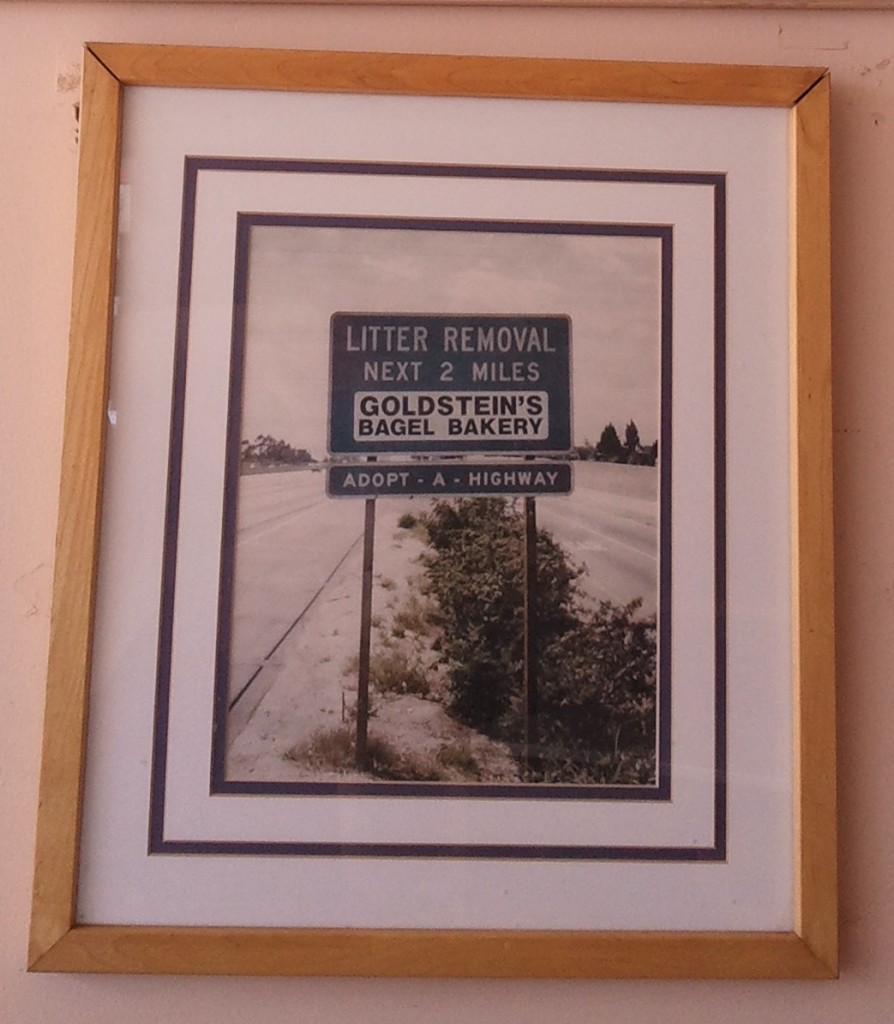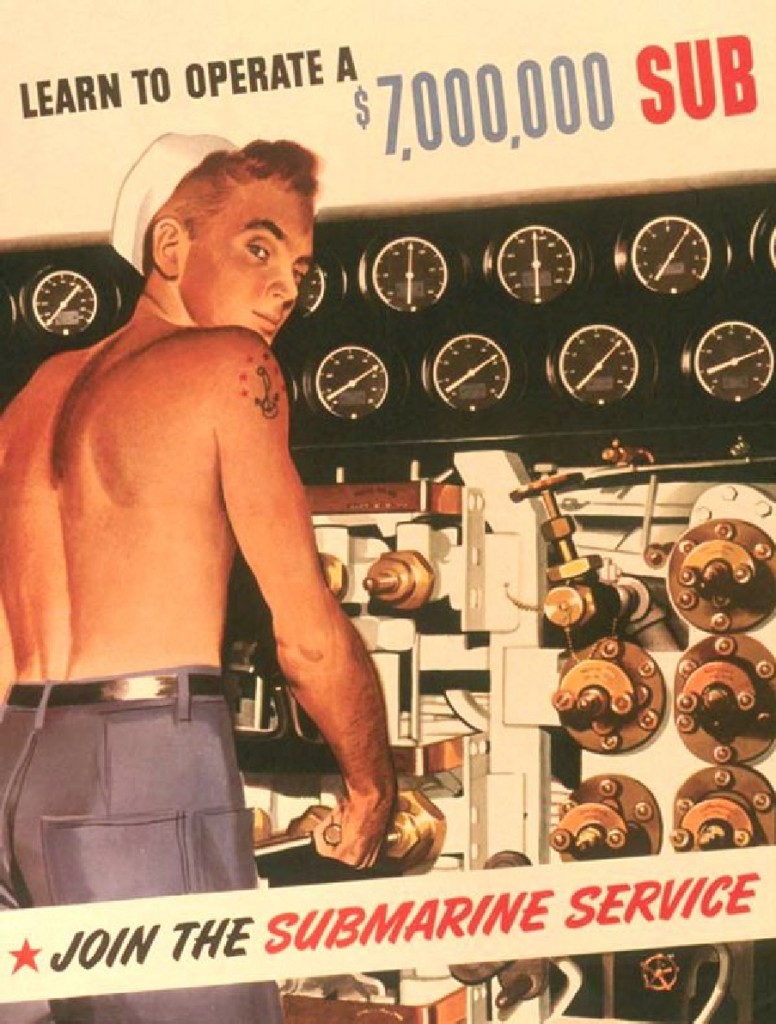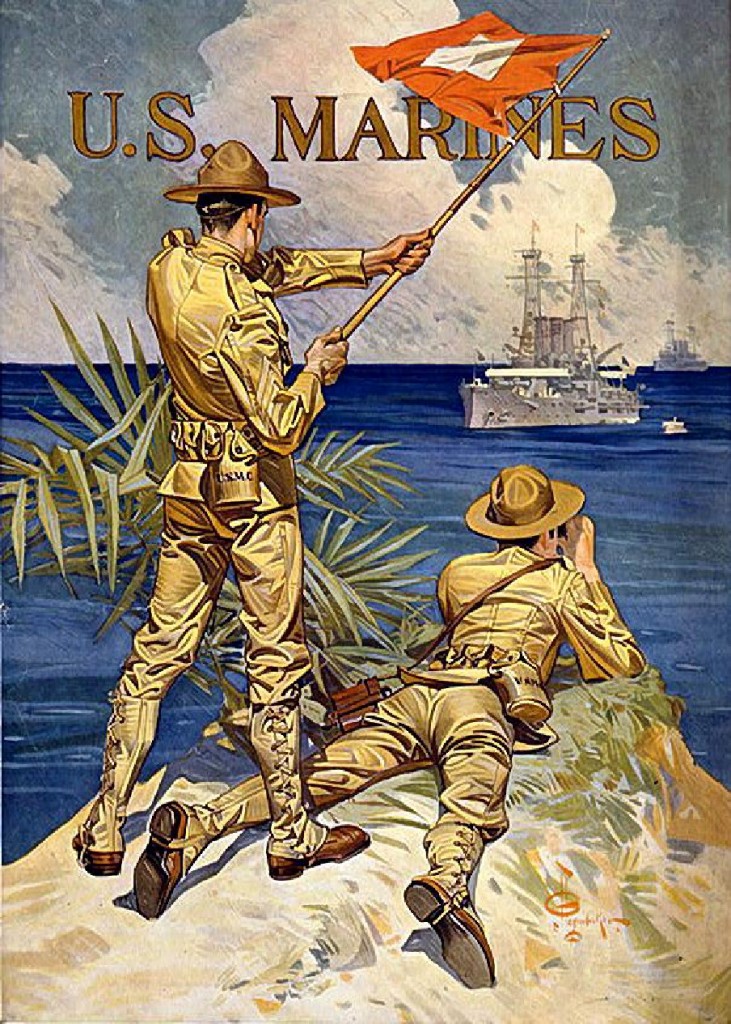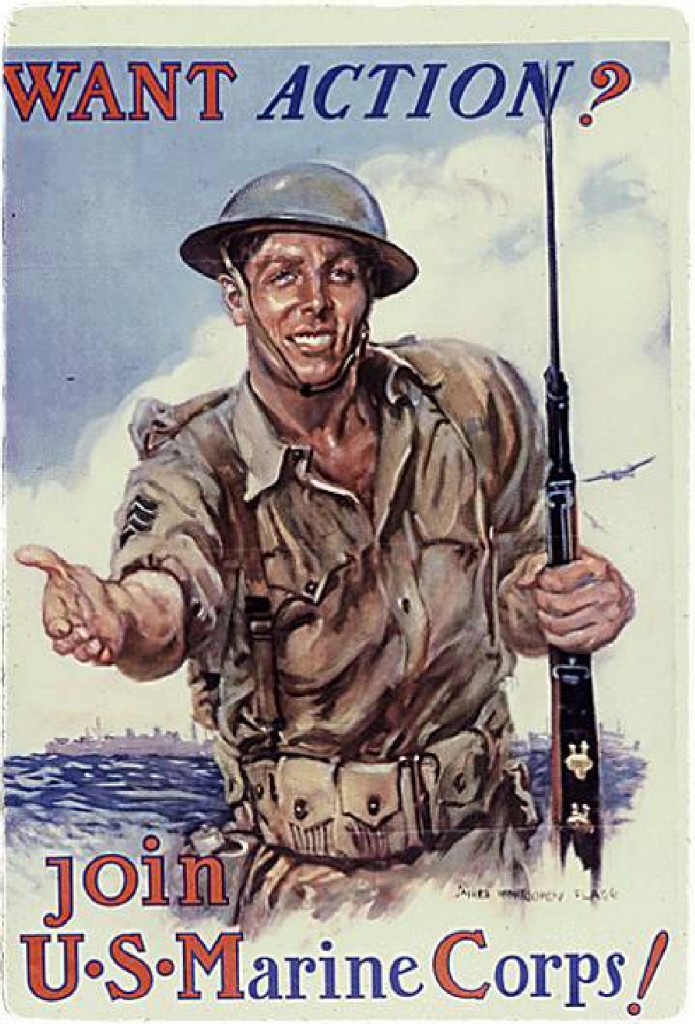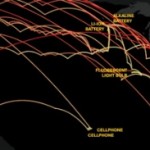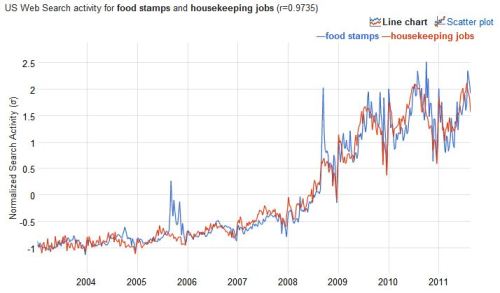This week I listened to a Freakonomics podcast featuring Economics PhD-student twins, Alison and Steve Sexton. They had studied the phenomenon of conspicuous conservation, which I’ve defined elsewhere as “the (often lavish) spending on ‘green’ products designed mainly to advertise one’s environmentally-moral righteousness.” The Sexton’s studied how much people are willing to pay for the conspiciousness of their conservation.
They found that, in places where being environmentally-friendly is looked upon positively, people will spend more (or gain less) to ensure that their conservation efforts are obvious. For example, people will sometimes have their solar panels mounted on the shady side of their house. Why? It’s the side that faces the street. Why have solar panels if no one in the neighborhood can see that you do? Likewise, the Prius is so popular in part because it is obviously a hybrid; no other car looks like it, so it can’t be mistaken for a “regular” (person’s) car.
I thought of this willingness to pay to display one’s environmental thoughtfulness while visiting Goldstein’s Bagels in La Cañada, CA this week. They had this photograph proudly displayed:
I just love how not only are they paying to keep the highway clean, they’re being rewarded with a big advertisement for their store alongside the freeway, AND they get to take a picture of that sign and put it up for all to see. It’s win-win-win; a win for the environment and a double win for Goldstein’s.
The Sexton’s argue that all of this conspicuous conservation is probably good. Competing to be environmentally-friendly translates into more conservation, no matter what the motivation. (Especially as compared to conspicuous consumption; remember the Hummer?) Accordingly, they suggest that public policy should focus on incentivizing the types of conservation efforts that aren’t visible, like insulation and weather-proofed windows, and leave the showy stuff to the market.
For another example of conspicuous conservation, see our post on faux-oil slicked shoes purchased to benefit the Gulf; on conspicuous consumption, check out the Louis Vitton mommy diva birthday cake; and see this post on conspicuous intellectual consumption.
Lisa Wade, PhD is an Associate Professor at Tulane University. She is the author of American Hookup, a book about college sexual culture; a textbook about gender; and a forthcoming introductory text: Terrible Magnificent Sociology. You can follow her on Twitter and Instagram.

